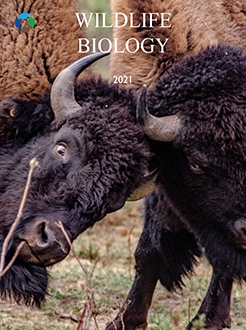Stimuli perceived as stressful by animals increase glucocorticoid secretion over basal levels. This is an adaptive response that by altering energy metabolism and animal behavior facilitates survival during acute stress. Secretion of corticosterone increases in adult insectivorous bird species after a short period of adverse weather conditions, which may determine a decreased availability of insect prey as well as thermoregulatory stress. Hormone response to stress in altricial nestlings is not yet clear. In some species (e.g. northern mockingbird, white-crowned sparrow) early age nestlings show a reduced or null response to stress stimulation, and the hypothalamus–pituitary–adrenal (HPA) axis seems to be fully active only at an age close to independence. In other species (e.g. barn swallow, canaries) the HPA axis seems to be active even in young nestlings. However, most of the data refer to experimentally induced stress while the physiological response to natural environmental perturbations has been scarcely investigated. The main aim of our study was to evaluate corticosterone secretion response to short periods of adverse weather conditions in two different age groups of barn swallow nestlings (7–14 days old and 15–21 days old). Furthermore, stress responses were compared between medium aged nestlings, late aged nestlings and adults, to understand whether HPA axis activity changed with age. A fecal non-invasive hormone assessment method was used.
Our results showed that during adverse weather conditions, insect abundance decreased and corticosterone metabolites levels increased significantly and to a similar extent in droppings of medium and late aged barn swallow nestlings as well as in adults. Our data support previous findings, that the HPA axis is already fully functional in 7–14 days old nestlings. Further studies are required to verify the existence of a hyporesponsive period in younger barn swallow nestlings.






